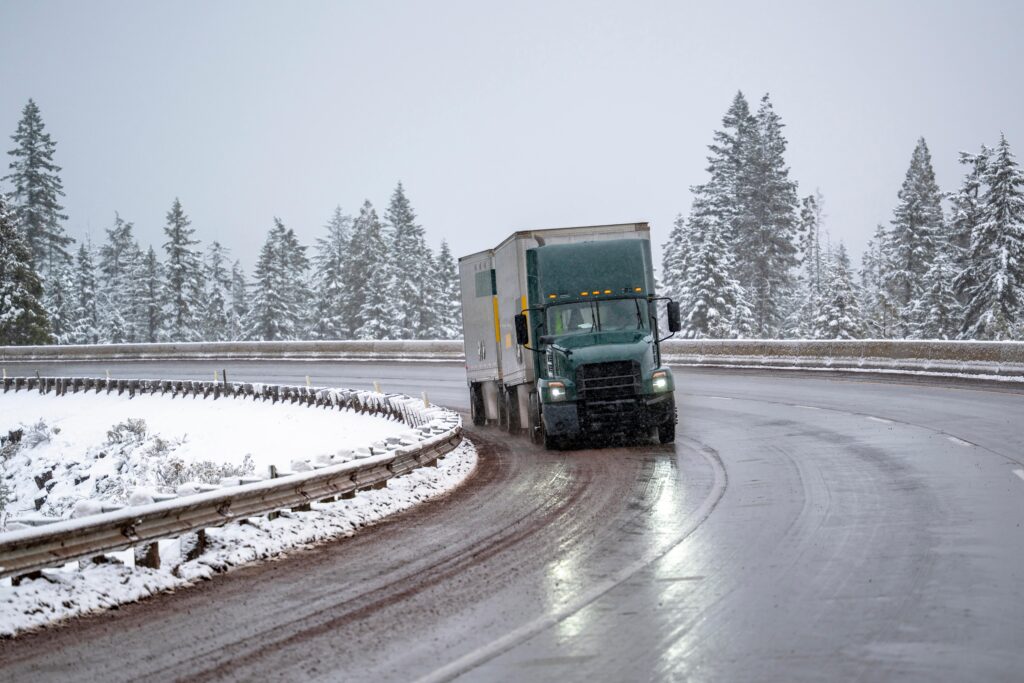The northern state has to worry about snow, but not hurricane winds. The Gulf Coast of the United States needs to be protected from hurricanes.
Weather acts through reduced visibility, precipitation, high winds, and extreme temperatures, affecting driver performance, vehicle performance (e.g., grip, stability, and maneuverability), road surface friction, road infrastructure, crash risk, traffic flow.
Weather Impacts on Roads, Traffic
· Wind speed
Visibility distance (due to blowing snow, dust)
Lane obstruction (due to windblown snow, debris)
Roadway capacity
· Traffic speed
Travel time delay
Accident risk
· Fog
Visibility distance
Traffic speed
Speed variance
Travel time delay
Accident risk
· Pavement condition
Pavement friction
Infrastructure damage
Roadway capacity
Traffic speed
Travel time delay
Accident risk
What Weather Causes the Most Car Accidents
Wet pavement causes the most car accidents. According to the FHWA, most weather-related crashes happen on wet pavement (nearly 70 percent), while 46 percent of such accidents occur during rainfall.
Rain causes more car accidents. Why does rain make roads so dangerous? Below are some answers to this question.
• Roads become slippery.
• Rain can make roads more slippery if oil remains on the ground.
• Rain can reduce the visibility of drivers.
Extreme maximum temperature
Extreme maximum temperature and prolonged duration heatwaves are expected to lead to premature deterioration of infrastructure. The increase in extreme heat can also lead to load restrictions on roads. Pavement damage and buckling will disrupt vehicle movements. Excessive heat could disrupt vehicle operations because of overheating and increased risk of tire blow-outs in heavily loaded vehicles—increased risk of wildfires and resulting smoke, especially in the west.
The change in maximum and minimum temperatures range will likely positively and negatively impact highway operations/maintenance. Warmer winters will reduce snow and ice removal costs in many northern states. Lessen adverse environmental effects from salt and chemicals on roads and bridges, extend the construction season, and improve the mobility and safety of passengers and freight travel through reduced winter hazards.
Weather Affects Safety
On average, more than 5,891,000 car accidents occur every year. Approximately 21% of these accidents – almost 1,235,000 – are weather-related. Weather-related accidents occur in adverse weather conditions (i.e., rain, sleet, snow, fog, strong crosswinds, or blizzard/sand/debris) or on slippery road surfaces (i.e., wet, snowy /snowy/slushy or icy road surface). ). Hamilton, based on NHTSA data).
This weather-related accident occurs on wet pavement and during rain: 70% on wet pavement and 46% during rainfall. A much lower percentage of weather-related accidents occur in winter conditions: 18% during snow or sleet, 13% on icy roads, and 16% on snowy or slushy roads. Only 3% happen in because of fog.
Impact of Weather on Mobility
Due to snow and windblown debris accumulation, reduced capacity can be caused by lane flooding and lane blockage.
Weather events can reduce mobility and reduce the effectiveness of traffic signal timing plans. The speed reduction can be 10 to 25 percent on wet pavement and 30 to 40 percent on the snowy or slushy pavement on signal highways. Average highway traffic can decrease by 15 to 30 percent depending on weather conditions and the day on the road, and the reduction in flow rate at saturation can range from 2 to 21 percent. Highway travel delays could increase by 11-50 percent, and launch delays could increase by 5-50 percent, depending on the severity of weather conditions.
On motorways, light rain or snow can reduce average speeds.
So 23 percent of one-time delays on highways are caused by snow, ice, and fog, amounting to approximately 544 million traffic hours of delays per year. Rain and moisture result in more significant delays. Under adverse weather conditions, the average travel delay increases by 14 percent in Washington, DC, and 21 percent in Seattle, Washington. In peak periods in Washington, D.C., travel times increase by about 24 percent when there is rain.
Trucking companies or CVOs lose an estimated 32.6 billion vehicle hours due to weather-related congestion in 281 metropolitan areas. Nearly 12 percent of estimated truck delays are weather-related in the 20 cities with the most incredible truck traffic.
The specialists of Tempus Logix do their best to make the whole staff (drivers) aware of the condition of the road, climatic conditions, and mutually beneficial offers. We have insurance that serves our customers to solve problems. After cooperating with us, many customers transfer their cars only through our company, proving our many years of experience and the results of thousands of transfers reflected in our online pages.
